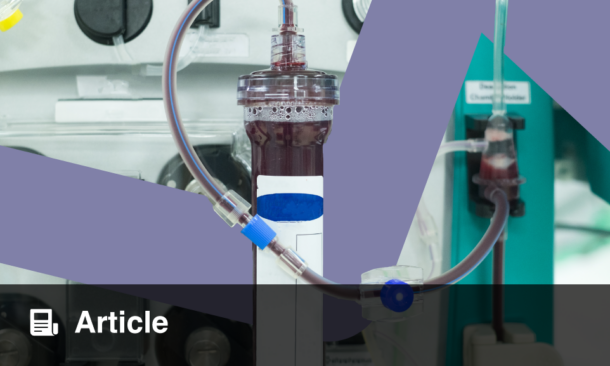Abstract
The emergence of next generation sequencing (NGS) techniques has made the sequencing of whole genomes, transcriptomes, and epigenomes faster and more readily available than previous methods such as Sanger sequencing, which was developed in the 1970s. It is now 10 years since NGS began to revolutionise biological and medical research. Sequencing of RNA provides insights into up or downregulated gene expression patterns and therefore into molecular disease mechanisms. This can lead to the detection of new biomarkers that can be used as diagnostic tools in risk stratification, or even as new therapeutic targets. In nephrology, NGS plays a role in both basic and experimental research, but also in the clinical setting, whereby the diagnosis of innate genetic diseases such as ciliopathies or genetically moderated acquired diseases such as glomerulopathies has improved. NGS enables precise diagnosis and classification of common diseases of the kidneys and urinary tract, aids in both prognostic and predictive decision-making, and in the avoidance of unnecessary therapies. It also plays a role in the risk stratification of disease recurrence after transplantation. NGS is a robust method; however, the performance of NGS is dependent on the method of tissue storage, the extraction of DNA or RNA, and on the sequencing platform itself, as well as on the bioinformatic analyses performed, integration of clinical data, and comprehensive interpretation of the results. The aim of this article is to review and emphasise the importance of NGS as a tool for this generation of nephrologists.
Please view the full content in the pdf above.









